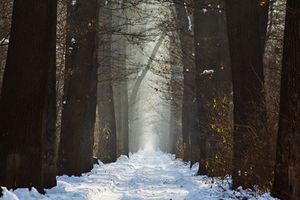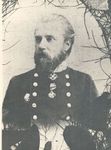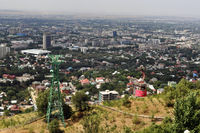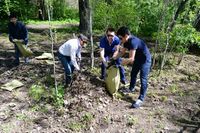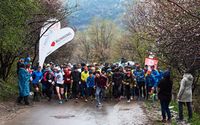Baum Grove - Kasachstan
>>>Back to Case Studies Overview
>>>Baum Grove: Return to the forest
| Name | Baum Grove | |
| Place | Almaty | |
| Country | Kazakhstan | |
| Author(s) | Anna Ilyuchshenko | |
|
| ||
Why is this case relevant?
The Baum Grove is the unique natural park with a century-old history and an area of 139,5 hectares, which is located in the middle of Almaty, the biggest city of the Republic of Kazakhstan. The grove is called “the lungs of the city”, which literally provides oxygen to a good half of Almaty. It is the largest, and oldest forested part of the city with over 100 thousand trees. The Baum Grove was planted in 1868 and further developed by Edward Baum, a forest scientist and from 1875 a forest auditor of the region of present Almaty, who also was a chairman of the regional agricultural society for 25 years. This man arrived in an empty plain at the foot of the mountains and created “the city of gardens” – modern Almaty. He conducted a large selection work and introduced atypical for the region types of trees and shrubs - 61 species of trees and 52 types of shrubs, 74 varieties of apple trees, 49 varieties of pears and other fruit trees. The most visible of his legacy in Almaty - the Baum Grove, which carries his name.
Which idea of ‘design with nature’ guides the design concept of this site?
The Baum Grove is a natural monument that has a wild natural look. The Baum Grove is under special protection, thus legislation does not allow to cut trees and carry out other works in it. Over the years of neglect, the green zone has turned into an abandoned and even life-threatening place. Several generations of Almaty citizens preferred to bypass the Baum Grove because of its bad glory. The current state of the grove requires restoration of the green area and landscaping. Due to the special status of the zone, it is necessary to create comfortable conditions for the recreation of citizens with minimal impact on the environment and retention of its appearance of wild nature.
Which challenges is this landscape facing?
- Here you discuss the types of negative impact you are observing but you can also mention new functions that could give a development opportunity
What would be your strategy for improvement?
Finally, please share some ideas of how you would initiate positive change for your heritage area
Image Gallery
References
- Author Year: Title, publisher, edition, page, ...
- etc.
- Website Year: Link, keyword, ...
- etc.
